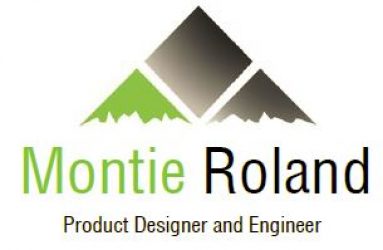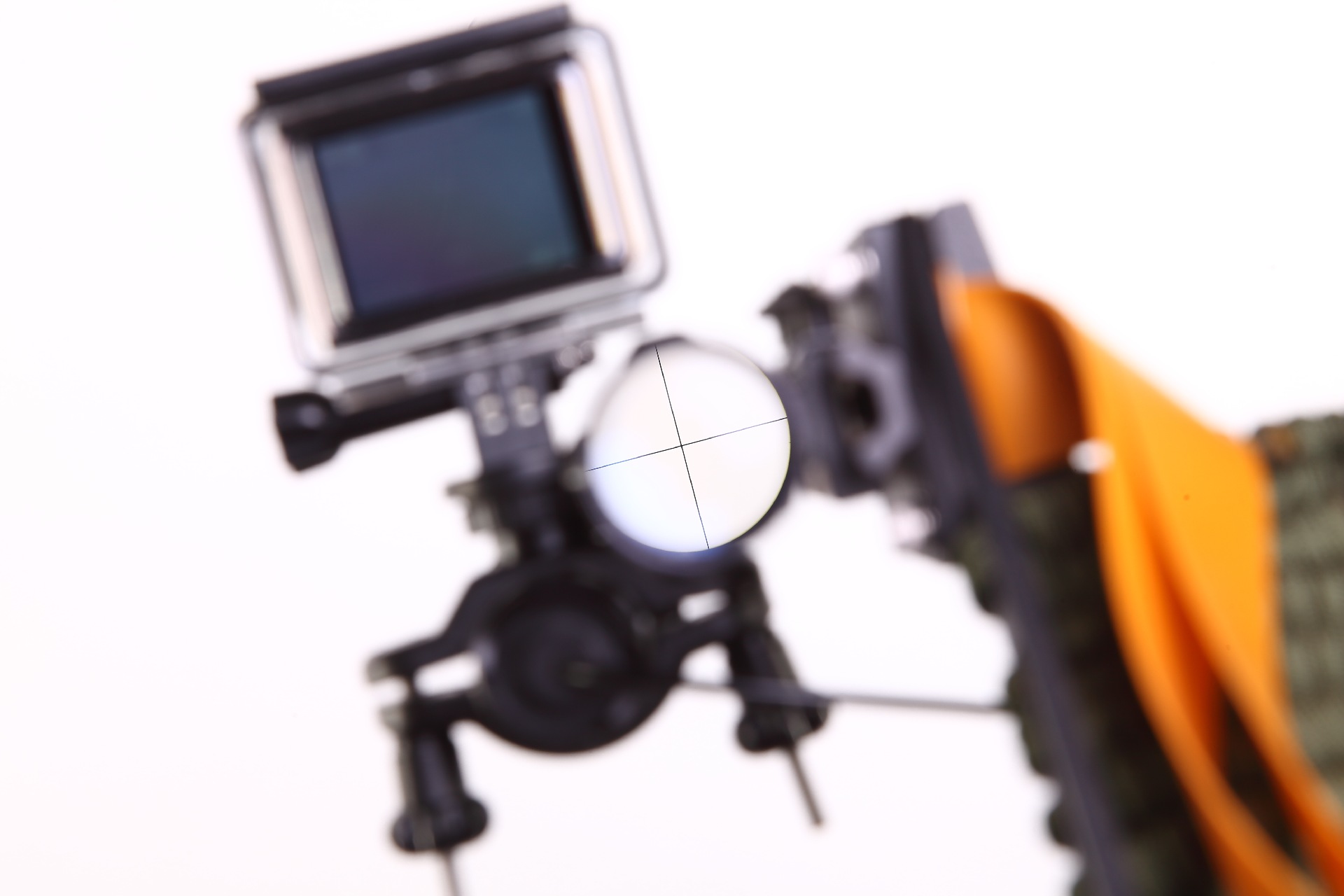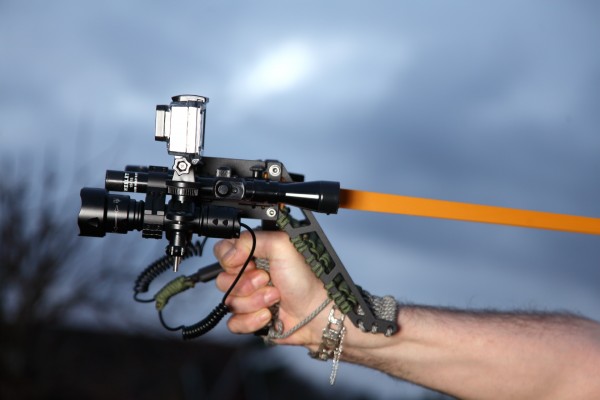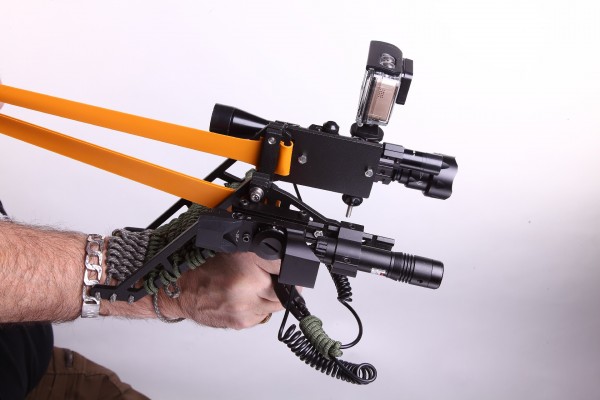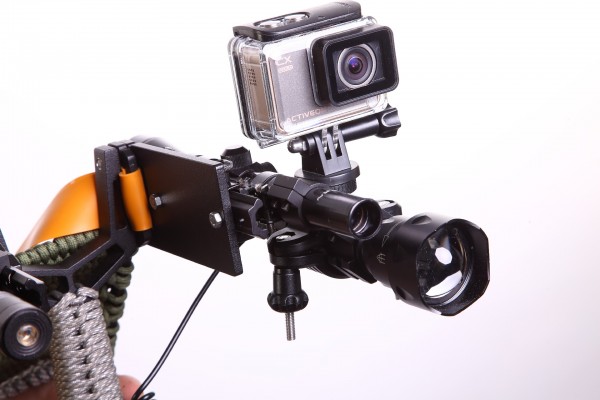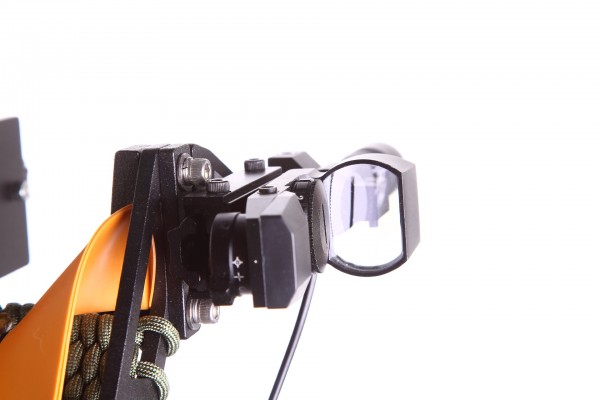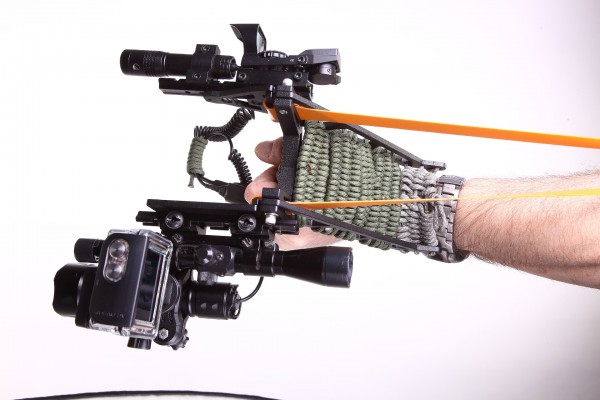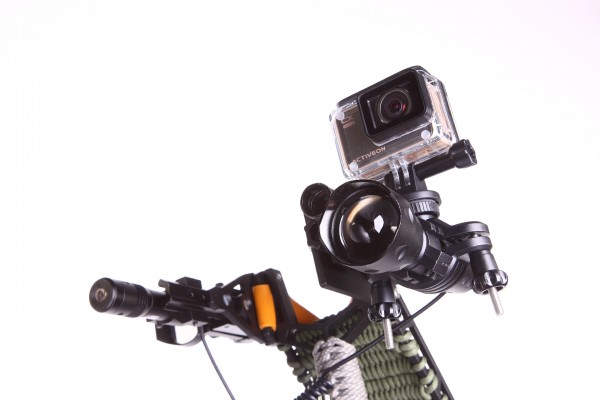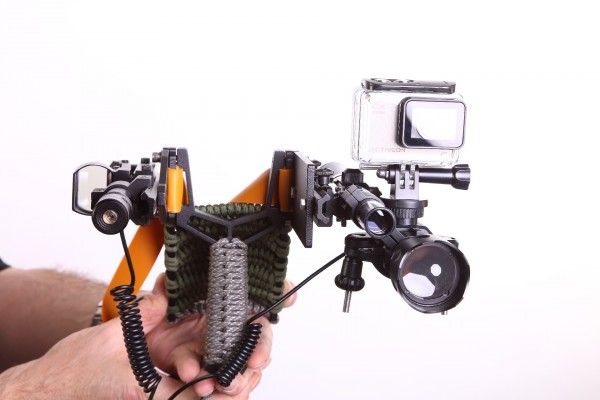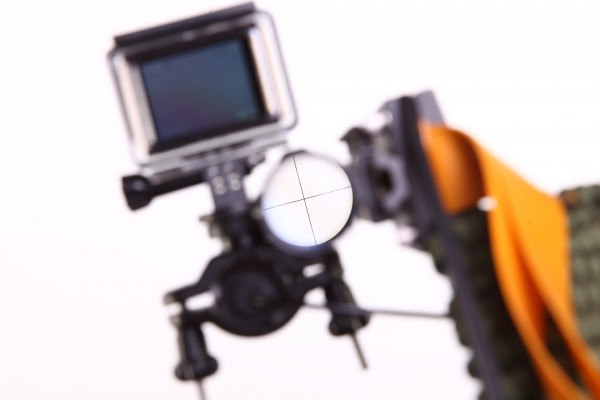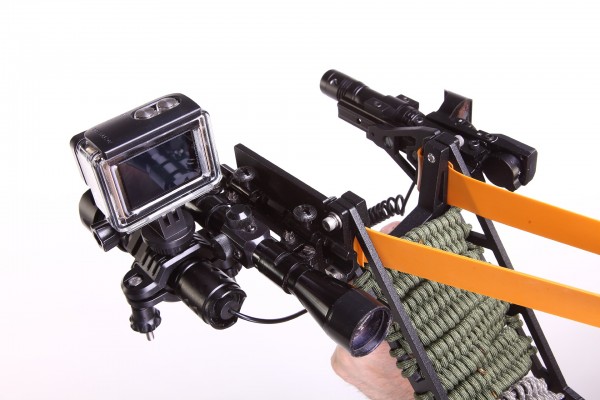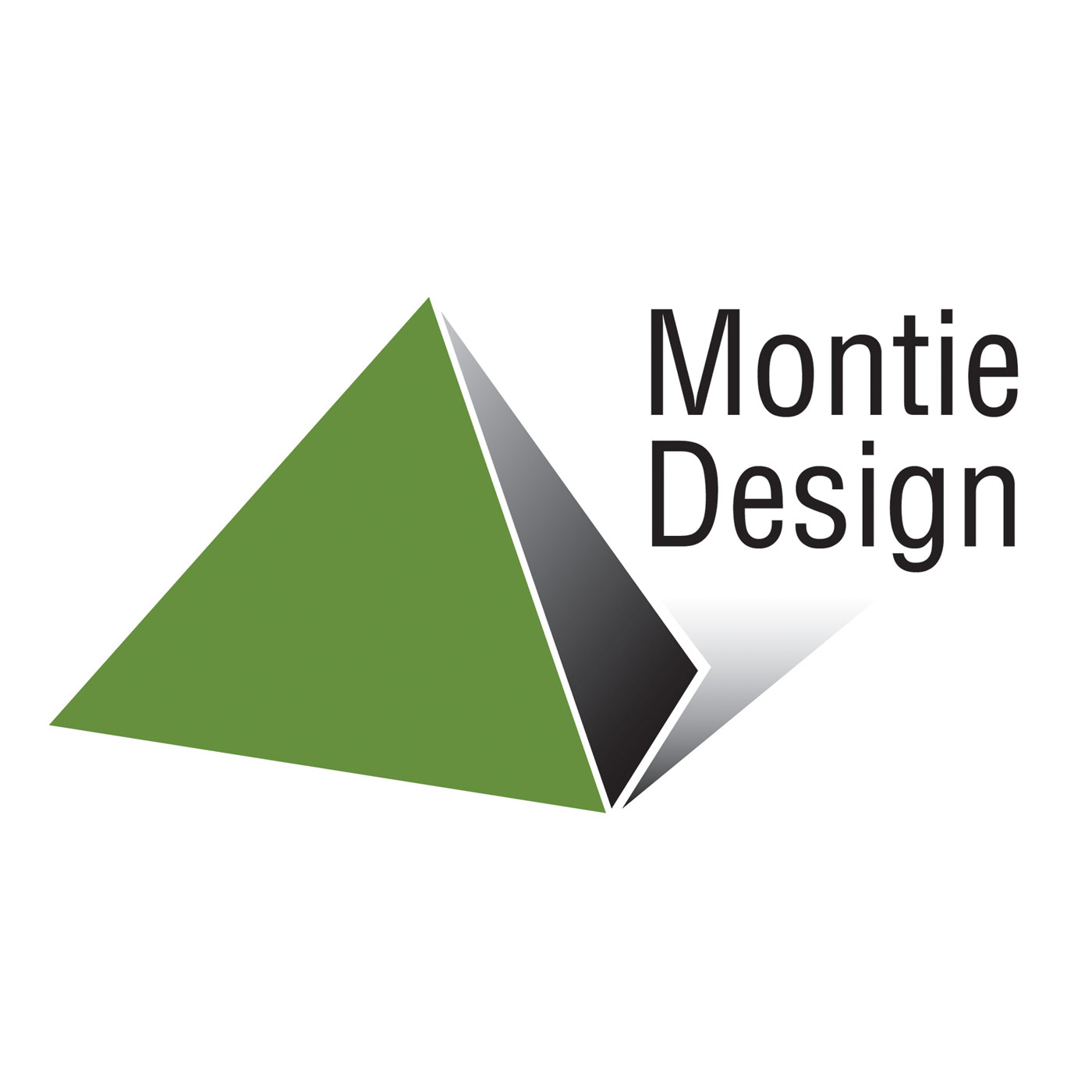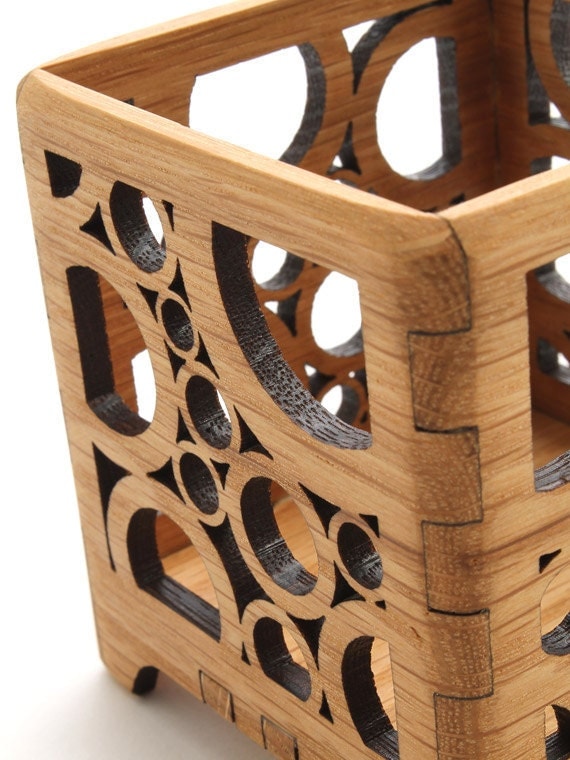Managing Production and Inventory in Context of Lean
by Montie Roland
Audio File: 2016 Mar – Managing Production and Inventory in Context of Lean.mp3
Good morning. My name is Montie Roland with Montie Gear in Apex, North Carolina. And I’d like to spend a few minutes talking about managing your production and inventory in the context of Lean.
So with Lean, you have a thing called a Kanban, and the ideas that you have established a level of inventory that you need to maintain in order to meet your customer needs and your anticipated customer needs. So, when we think about it, we’ve got two types of parts and assemblies. One is parts and assemblies that we’re going to use to make finished goods, and the others, of course, finished goods that we’re making in anticipation of sales.
There’s a lot of different sizes of companies out there and a lot of different types of products. And some products are built to inventory and some products are built to order. And so if we just look at Montie Gear, in the past I’m realizing we had this kind of crazy system that didn’t really serve us well financially. And so in the past what we do is that we would build a batch of products and in this, the reason why we build a batch is mainly because of we’ve got several processes where we need to have a minimum order. And there’s just no getting around that without having ridiculous costs. So let’s say that with slingshots, the two places where we have to have minimum orders – one is to cut the slingshot and then where we do our secondary machining ops. You do the set up – that’s a lot of the work – and so you really want to have a minimum batch size through the secondary machining. And then the other one is paint or finishing if it’s to anodize (it’s called finishing). So, finishing also has a minimum order and can get very expensive if you don’t do a minimum number of parts. So in this case, we’re not going to have a single piece flow through these external processes. But we can have single piece flow through our assembly area (maybe). Alright, so in the past what we did, somebody (usually me) would sit down and say, okay, we need to build this, this and this. I guess we’re getting low on this. And I don’t know, we’ll sell these. Well, there was a huge lack of scientific method here. And what that tends to do is that tends to eat up capital because if you’re building parts that you’re not going to use for the next year, that’s money that’s tied up; it’s really not doing you any good. And it’s not doing your customers any good either because its money you can’t spend on products that they really want. So the next step for us, I believe, is to create a chart or a spreadsheet that shows each product; what we sold last year, what we sold this year, and the year before. And that way we’ve got three years’ worth of sales. And then we can say, okay, well based on this historical data, we expect we’ll sell this many of this product this year. Then what I need to do is to take and apply a time to manufacture that good through all the processes. And the external processes occupy ninety percent (or higher) of our manufacturing calendar days for Montie Gear. So, paint, water jetting, machining; what have you. And so if I apply a calendar date or calendar time to each one of these products . . . so, for example, with a slingshot. Maybe generally the queue at ADR for the water jet cutting is two weeks. And let’s say the queue for paint is generally two weeks, and the queue for machining is generally a week. So, I’ve got a five week delay from the time I order to the time I get parts that are ready for us to assemble. In this case, we’re cutting the frames, we’re painting the frames and the side plates, and then we’re machining the secondary operations in the frames. And so I’ve got a five week delay. So then if I know that I’m going to sell -amount of slingshots this year, then I can take and multiply that sales number by five-over-fifty-two. Now, I take the yearly sales, multiply by five weeks, divide by fifty-two weeks to prorate it for five out of fifty-two weeks. And that tells me how many slingshots I should sell during the period while I’m waiting on more slingshots. So, I establish a number that I know I expect to sell while I’m making more. And then also, I need to factor in any seasonal demands. So, you know, look at, for example, Christmas. So we sell more slingshots at Christmas than any other time just before. So I need to also factor in the seasonal affect. So, the yearly sales and then bump it up by the percentage that is increased for Christmas sales. Now, I know what I need to keep on hand. But I also need to apply safety stock, because there’s always going to be some variation. So, I don’t know, let’s say our safety stock – we’ve got to come up with a metric for that – but maybe the safety stock is one month’s sales. So now what I’ve got is I’ve got my yearly sales, prorated for the amount of time it takes to make those pieces, and then times the yearly sales. I’ve got how many I need during the period when I’m making parts; what my safety stock is; and then any adjustments for seasonal variation. And that gives me a much better idea of how many I need to keep on hand.
Now, I’ve also got to factor in the effect of minimum orders on this, because I want to keep my production economical by ordering above the minimum order. But that gives me an idea of how many of each product I should stock. And that way I don’t have inventory sitting on the shelves that I’m just not going to sell. Now, this can get a little . . . you know, this is not a perfect system but this is an excellent baseline. And it works well for products – or I think it will work well for products like the slingshot, where we have continuous sales of those. We have other products that the sales are not as continuous and they have larger variations and swings. Like, for example, our RFID products. Because they’re commercial orders we may get an order for two hundred or two hundred and fifty or twelve hundred. But with those, and those big orders, the lead time is figured in and anticipated by the customer. So, that’s a little different situation to calculate. Now, however, on those, I think it is important to note that the longer it takes to produce your product, the longer you have to wait for the effects of the profit from that sale because obviously, you know, percentage of the sales . . . for a domestic sale, where there’s terms, you don’t get paid until you ship; if an international sale, you may get paid a deposit upfront and then paid when you ship. But so, the longer you wait to ship, the longer you wait to get paid and the longer you wait for the benefits of the profit from that sale. So that’s definitely an important consideration but for the purposes of looking at it from Kanban, it’s a little different.
So back to our slingshots and other things where there’s consistent sales. So now what we’ve got is we’ve got product, and then what I’m planning on doing is to then do an inventory once a month. And then on that inventory we’ll post in the bin where we keep each product (we have a bin for each product in our inventory . . . or for each product SKU; so there’s a bin with slingshots, there’s a bin with glove shots, arrow rests. And so some of our bigger sellers like slingshots, there’s actually multiple bins depending on what color your slingshot actually is.) So then what I can do is to do an inventory once a month; compare that to our minimum stocking level that we created, which was, you know, our time to produce and you know, relating that to time to produce versus sales, so we know how many is in there; plus, our seasonal variation during the period where we’re going to be making new parts; plus, our safety stock. So we watch that and then flag it during our inventory and pull a card out that says we need to make more of these. So that way then we collect those cards and then those cards then become an indicator that it’s time to produce more. And that’s a nice, easy solution. And I think, too, that when we’ll have to post what that minimum stocking level is so that when someone is withdrawing products for shipment, then they can watch that as well. So, for especially where there’s, you know, low numbers, like, for someone where the bin’s starting to look empty, they can check. So maybe it’s between inventories; they check and go, Hey, Montie, here’s the card for this; we’re starting to get low.
So, I think that’s one of the concepts is that you’ve got this visual indicator where this product, this produce and this product are getting low and then we can leave those cards in the bins and walk by to see them, or we can collect those cards and know that we’ve got to produce some inventory – or at least check to see what the inventory is to decide when we’re going to. And the same thing for goods that we use on a regular basis to produce those products. Now, that depends, too, on how long it takes to get those. So, for example, for slingshots, the lead time on these services we purchased or the parts we purchase, it’s fairly long in some cases. For other pieces like screws, it’s fairly short. So it may be that we order screws, you know, about the same time we send out slingshots for paint, because we can get screws in just a few days easily without expediting anything.
So this is kind of the thought process I’m having to go through to decide, you know, how we’re going to make all this work. And also it’s good, though, because now, all of sudden, I’ve got a framework, so I can use that framework to make buying decisions, and keeping those simple. So, now we have a simple process for deciding, you know, how many of something we should keep. It’s no longer a “gut-feel” thing or something where we have to wing it. Instead, we’ve actually applied a metric to that. And I think that’s part of the value of Lean is that now, all of a sudden, we’re using a simple tool, getting organized and, in this case, making sure that we have the inventory so we can get it to the customer quickly. But, also, at the same time, conserving our resources so we’re not stocking too much inventory. And having a simple system means a couple of things. One thing is that it’s something that can be taught, not something that’s a gut-feel or something somebody high up has to make a decision. Instead, by using a simple process we can give someone the authority to make a purchasing decision without having to go through some sort of process or get as much approval. And I think that’s one of the values of Lean is now, all of a sudden, you can scale a lot easier; as the company grows, you have a simple process and your associates or employees, contributors, what have you – can learn that simple process. You can audit that process because it’s simple; it’s not a gut-feel thing or it’s not some guy in the corner that guesses what the seasonal demand will be. Instead you’re actually using simple math to solve what used to be a complex problem. And I think that’s great.
So this is kind of how I’m looking at developing our inventory control to function in more of a Lean way. It’s kind of cool. I’m excited because it’s a simple solution to something I thought would be a . . . before I thought, Hey, this is going to be a complex, computerized, we-need-to-have-some-sort-of-software-to-manage-this; but, no, I mean, we can do it with a card stuck in the back of a bin that gets collected when inventory reaches a certain level. And that’s kind of a wonderful thing to keep it simple.
Well, comments and suggestions and questions and thoughts are always welcome – Montie (M-O-N-T-I-E) at Montie (M-O-N-T-I-E) dot com. If you get a chance, visit our Montie Gear site. We make some kick-butt slingshots and some other cool products. And Montie Roland, signing off. Have a great day.

